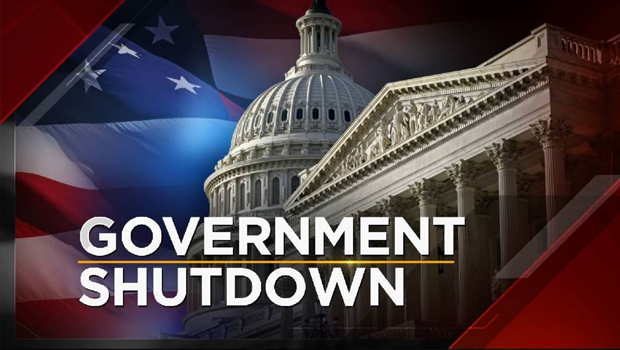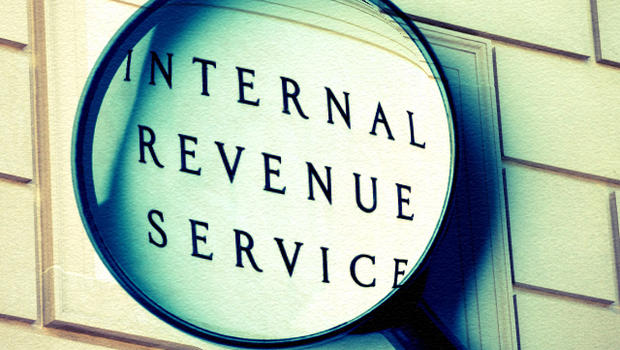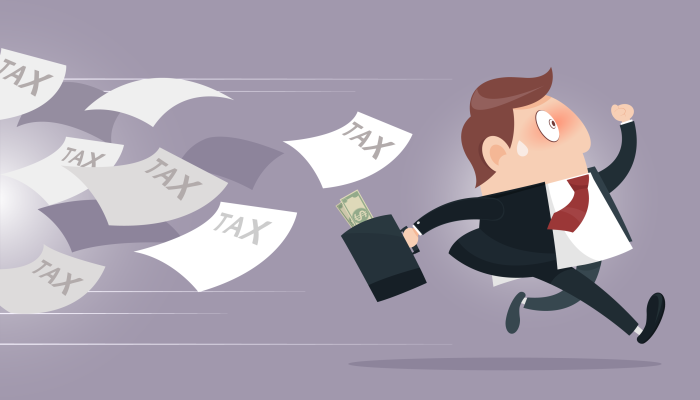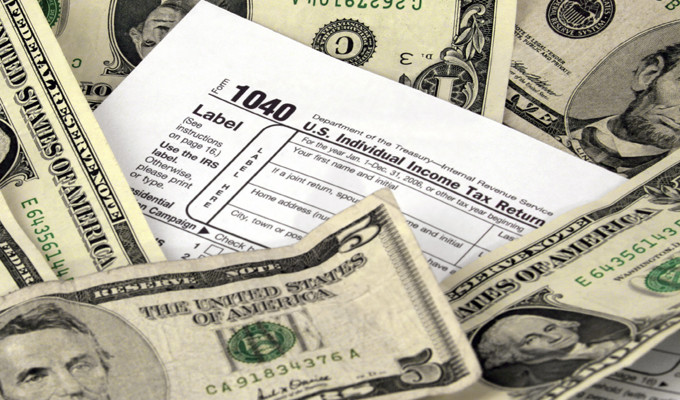2020 has been quite the year. While it may have felt like the year of the coronavirus would never end, it’s December, which means it’s time to reexamine your tax situation and decide if some changes are in order. This blog post will examine a few tips when you start planning for the 2021 tax season.
Continue reading “2021 Tax Plan: End of Year Tax Planning for 2020”









